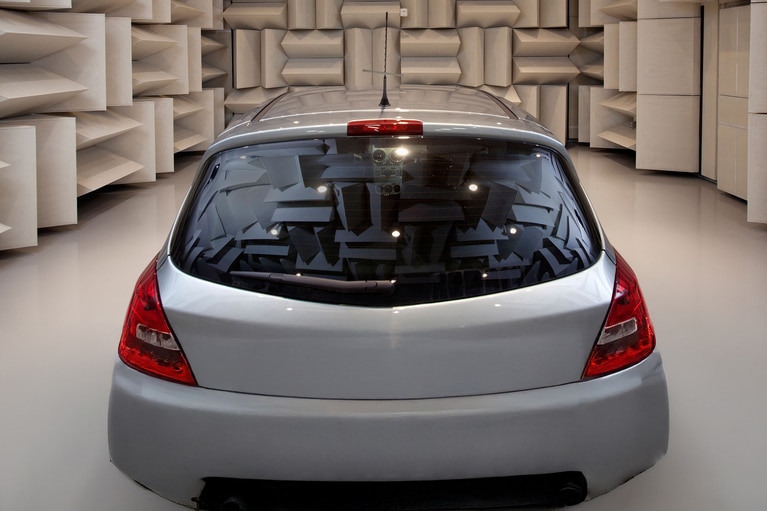
High-density power modules simplify and downsize EV power system design
Vicor power modules infuse innovation into EV applications. Learn how three new automotive-grade products will revolutionize the future of power designs
Components that allow bi-directional power flow are a relatively new concept for many engineers. Our webinar, Enabling Bi-Directional Energy Flow Using DC Power Transformers provided attendees with more information about this new approach. We’ve also put together a number of posts with some of the best questions from the webinar, along with presenter Harry Vig’s answers to help you understand the basics of bidirectional power design more clearly. This post focuses on questions on our fixed-ratio DC-DC converters, the Bus Converter Module (BCM) which features isolation, and the Non-Isolated Bus Converter Module (NBM). Both of these power components will step voltages up and down, depending on the direction of current flow.
Yes, you can. The only thing you need to remember is that the BCMs have their isolated controls on the high-voltage side, but if the power is coming from the low-voltage side, it’s going to be applied on the low-voltage side first. There are a couple of ways that you can apply power to the high-voltage side to start the BCM. You can either use a smaller, dedicated boost converter, or we have something that’s more akin to a flyback transformer that just gives it a single kick to get the high-voltage side booted, and then once the converter comes up and starts operating it will stay on. That’s slightly more complicated, but it’s a less expensive solution. Our application note on reverse mode startup has lots more information about how to design this circuit.
We use the terms high-voltage and low-voltage side, because there’s not really a primary and secondary side: it really doesn’t matter if you configure it in a reverse or a normal forward direction. Today, all of the BCMs have controls on the high-voltage side, so they require power on this side to boot up. The NBMs can power up from either the high-voltage or the low-voltage side.
On the DC transformer, it’s automatic. It’s exactly the same as an AC transformer.
You could have a load transient hitting a BCM or NBM at the same time as you have a line transient coming from a completely different source, and the transformer will couple both through at the same time. So there’s effectively no delay.
Related content
Webinar rebroadcast: Enabling Bi-Directional Energy Flow Using DC Power Transformers
Application note: Using BCM® Bus Convertersin High Power Arrays
High-density power modules simplify and downsize EV power system design
Vicor power modules infuse innovation into EV applications. Learn how three new automotive-grade products will revolutionize the future of power designs
Active suspension comes of age bolstered by high-density power modules
Active suspension has evolved from 1990s beta model to today’s 48V-driven system. See the impact power modules have made on power system design
MHz switching frequency-based devices enable miniaturization of the DC-DC converter and EMI filters
Imagine using DC-DC converters solutions to harness the benefits of high-frequency switching without incurring conventional shortcomings

